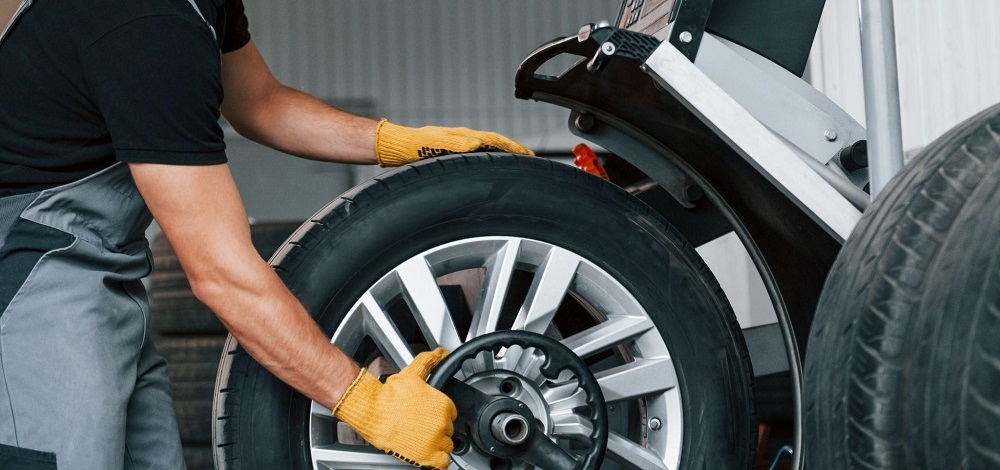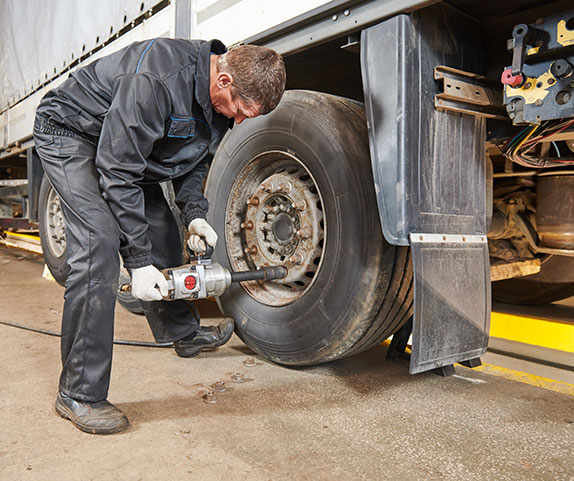Keep Rolling Properly: GMC Tires Service by Morris Tires
Keep Rolling Properly: GMC Tires Service by Morris Tires
Blog Article
Tire Service: The Influence of Climate Condition
When it comes to ensuring ideal efficiency and safety on the roadway, recognizing the impact of weather condition conditions on tire solution is essential. GMC Tire Service. In this conversation, we will check out the elaborate partnership between weather problems and tire service, shedding light on the importance of weather-specific tire upkeep practices and considerations.
Warmth and Tire Efficiency
When exposed to high temperatures, tires experience changes in performance that can considerably influence automobile safety and security and handling. The warmth produced from extended driving or warm weather conditions triggers the tire rubber to soften, leading to reduced tread life and raised wear.

Cold Weather Condition Results
Winter conditions can have a substantial effect on tire performance and security. As temperatures decline, tire rubber can solidify, leading to decreased traction on icy or snow-covered roadways. In winter, tires may likewise lose atmospheric pressure more rapidly, which can influence handling and fuel performance. Additionally, chilly temperature levels can create tire sidewalls to stiffen, raising the danger of damages from splits or other roadway threats.
To minimize the impacts of winter on tires, it is crucial to regularly examine tire stress and inflate them to the manufacturer's advised degrees. Utilizing winter or all-season tires designed for winter conditions can additionally boost traction and grasp on icy or snowy roads. Appropriate tire upkeep, consisting of routine assessments for wear and damages, becomes a lot more critical during chillier months to guarantee ideal performance and safety.
Rainy Issues Effect
During wet conditions, tire performance and safety and security can be dramatically influenced by the damp roadway surfaces and decreased visibility. The step pattern of tires plays a crucial function in keeping traction on damp roads. Tires with damaged treads are much more susceptible to hydroplaning, where a layer of water accumulates between the roadway and the tire surface area, resulting in loss of traction. To battle this, vehicle drivers should on a regular basis inspect their tires for ample walk deepness and think about investing in tires specifically developed for wet conditions.
In addition, rainy weather can additionally lower exposure, making it testing for vehicle drivers to see the roadway in advance plainly (GMC Tire Service). In such conditions, it is necessary to adjust driving speeds as necessary and keep a risk-free following range to permit unexpected stops. Correctly inflated tires can also aid in maintaining control on wet roadways by offering much better handling and hold
Snow and Tire Safety And Security
Snow-covered roads posture special challenges for drivers, emphasizing the value of appropriate tire option and upkeep. When driving in snowy conditions, having the right tires can make a substantial difference in security and efficiency. Winter tires are designed with special rubber compounds and walk patterns to provide better grip on snow and ice contrasted to all-season tires. The deeper footsteps and sipes of winter like this season tires help hold the roadway better, minimizing the threat of gliding and sliding.

It is crucial to adhere to maker instructions when installing and making use of tire chains to avoid damages to the tires and car. By selecting the right tires, maintaining appropriate inflation, and taking into consideration added traction help like tire chains, drivers can boost their security when navigating snow-covered roads.
Weather-Related Tire Upkeep
When confronted with various climate condition, correct tire upkeep becomes an important aspect of vehicle security and performance. Weather-related tire maintenance includes a variety of practices focused on making sure ideal tire feature and longevity in different weather condition circumstances. One vital facet of weather-related tire maintenance is tire stress guideline. Varying temperatures can trigger tire pressure to vary, influencing grip and gas go now efficiency. Routinely checking and changing tire stress according to manufacturer referrals is vital for safe driving in transforming weather condition problems. Furthermore, tire tread deepness plays a considerable function in dealing with different weather condition components. Tires with appropriate tread depth supply much better grip on damp or icy roadways, lowering the danger of skidding or hydroplaning. When tread wear gets to a certain depth is crucial for keeping grip and stability in adverse weather, checking tire walk frequently and replacing tires. By prioritizing weather-related tire maintenance, chauffeurs can improve safety and security, boost lorry efficiency, and extend the lifespan of their tires.
Conclusion
In final thought, climate condition have a considerable effect on tire efficiency and safety and security. From warmth influencing tire stress and use to winter minimizing grip, it is important to consider the weather when keeping and using tires. Stormy conditions can lower hold and bring about hydroplaning, while snow can raise the risk of mishaps if tires are not properly equipped. Weather-related tire upkeep is important in making sure optimum efficiency and security when driving.
In this conversation, we will check out the elaborate partnership between climate problems and tire service, losing light on the significance of weather-specific tire maintenance techniques and considerations.

Report this page